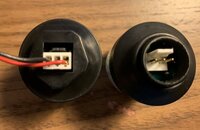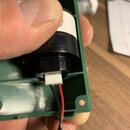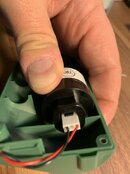zider
Contributor
Well I went ahead and bought a CO and O2 sensor through Tiffany at McNeil Int. The total with shipping to Indiana was just under $68. The sensors arrived today and things looked to be in order. The CO sensor looks identical to the one in my Cootwo and of course the part number matches. I did not install the CO sensor as I am waiting for my calibration gas to arrive.
The O2 sensor is slightly larger than the OEM version but not by much. The only main concern is that the base of the new sensor is shaped differently. I was able to easily squeeze it into the housing which then allowed the front and back pieces to fit together. Once reassembled, I used the app to set the installation of a new O2 sensor and then performed a calibration. The calibration process was normal, and I successfully tested a couple tanks. I didn’t have any mix gas on hand so I couldn’t confirm anything other than just air. The O2 sensor from DD Sci. seems to work just fine and at $30 a piece it’s hard to beat. I’ll follow up on how things go with the CO sensor once I have the calibration gas.




The O2 sensor is slightly larger than the OEM version but not by much. The only main concern is that the base of the new sensor is shaped differently. I was able to easily squeeze it into the housing which then allowed the front and back pieces to fit together. Once reassembled, I used the app to set the installation of a new O2 sensor and then performed a calibration. The calibration process was normal, and I successfully tested a couple tanks. I didn’t have any mix gas on hand so I couldn’t confirm anything other than just air. The O2 sensor from DD Sci. seems to work just fine and at $30 a piece it’s hard to beat. I’ll follow up on how things go with the CO sensor once I have the calibration gas.







